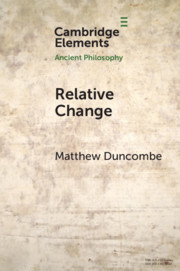This study characterises changes in the incidence and mortality of hepatitis A in different age groups and provinces of China from 1990 to 2018, and evaluates the effect of the nation-wide expanded programme on immunisation (EPI). A mathematical model was used to estimate the relative change in incidence and mortality in different provinces and age groups. Interrupted time series regression was applied to evaluate the impacts of the inclusion of vaccination in the EPI during 2007–2018. The geographic clustering of hepatitis A incidence was assessed using global Moran's I and changing trends over time were estimated using joinpoint regression analysis. Both the incidence (odds ratio (OR) for overall relative change: 0.86; 95% confidence interval (CI): 0.85–0.87; P < 0.0001) and the mortality rate (OR for overall relative change: 0.84; 95% CI: 0.83–0.85; P < 0.0001) decreased. Most age groups had significant declines in reported incidence over time. The incidence and mortality of hepatitis A significantly reduced after inclusion of hepatitis A vaccine in EPI, showing that the EPI strategy had a continuous effect on the decreasing trend of hepatitis A burden. Increasing the coverage rate of the vaccine and improving hygiene conditions are the key measures for the control of hepatitis A in China.


